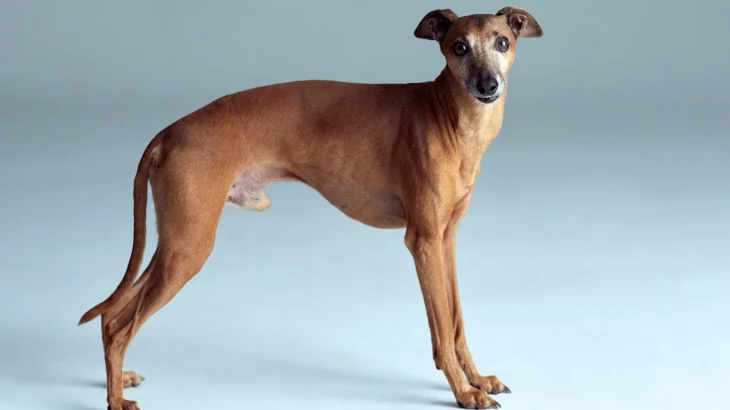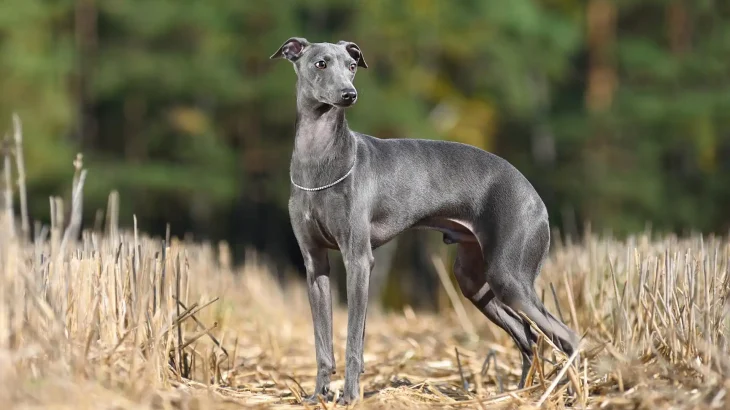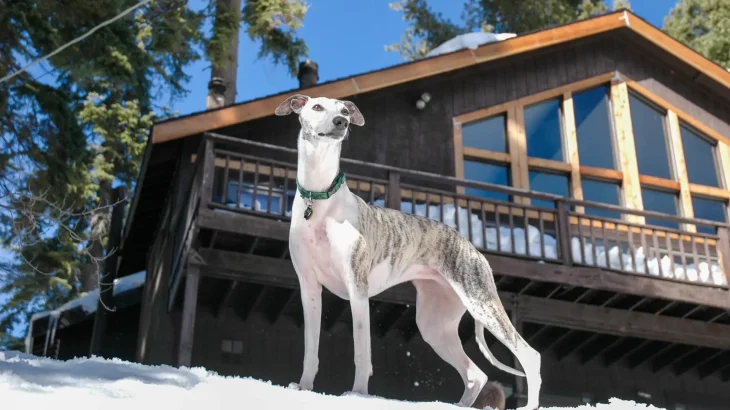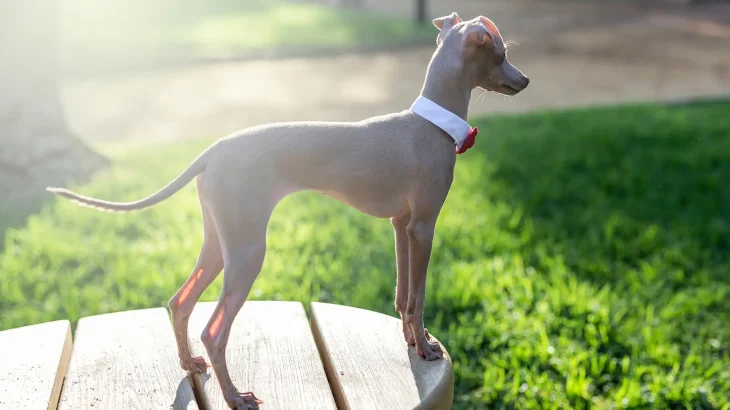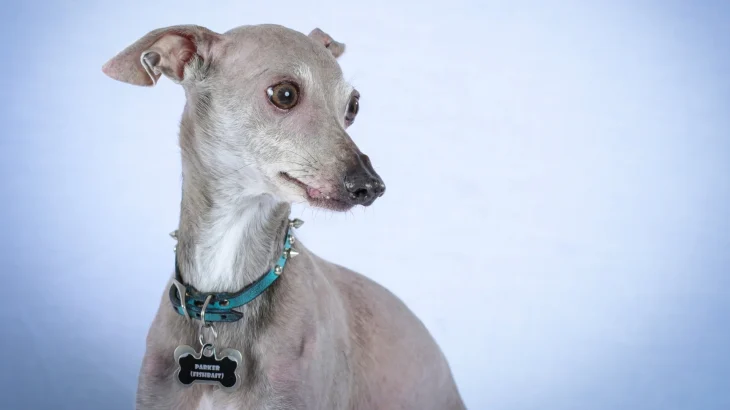Deciding whether to adopt or purchase an Italian hound puppy involves weighing factors like cost, health transparency, and ethics. Buying from a breeder usually means pedigree and detailed health info, while adoption offers a second chance to a dog, sometimes without full lineage details. Both choices have unique perks depending on your priorities.
Adoption vs. Breeder: Pros & Cons
| Criteria | Buying from Breeder | Adopting from Shelter/Rescue |
|---|---|---|
| Cost | Higher upfront cost due to breed purity and breeder expenses. | Lower fees that often include vaccinations and spay/neuter. |
| Health History | Usually comprehensive health checks and genetic history provided. | Health history may be limited; basic vet checks done. |
| Age Availability | Typically young puppies, allowing longer bonding time. | Varied ages including adults, suiting different preferences. |
| Temperament Insight | Breeders provide insight based on lineage and parents. | Behavior traits observed by shelter staff, background may be unclear. |
| Supporting Practices | Supports breeding programs; choose ethical breeders for welfare. | Supports animal welfare by rescuing dogs. |
| Breed Purity & Pedigree | Guarantee of purebred status with documentation. | Breed purity may be uncertain or mixed without papers. |

